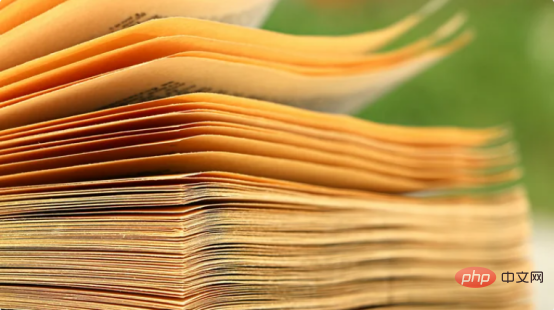
Translator | Bugatti
Reviewer | Sun Shujuan
As we all know, deep learning models have a large demand for data. The more data you feed deep learning models, the better they perform. Unfortunately, in most practical situations, this is not possible. You may not have enough data, or the data may be too expensive to collect.

This article will discuss four ways to improve deep learning models without using more data.
Deep learning models are compelling because they can learn to understand complex relationships. Deep learning models contain multiple layers. Each layer learns to understand data representations of increasing complexity. The first layer might learn to detect simple patterns, such as edges. A second layer might learn to see patterns in these edges, such as shapes. A third layer might learn to recognize objects composed of these shapes, and so on.
Each layer consists of a series of neurons, which in turn are connected to each neuron in the previous layer. All these layers and neurons mean there are a lot of parameters to optimize. So the good thing is that deep learning models have powerful capabilities. But the downside means they are prone to overfitting. Overfitting means that the model captures too many interference signals in the training data and cannot be applied to new data.
With enough data, deep learning models can learn to detect very complex relationships. However, if you don’t have enough data, deep learning models won’t be able to understand these complex relationships. We must have enough data so that the deep learning model can learn.
But if collecting more data is unlikely, we have several techniques to overcome this.
Transfer learning is a machine learning technique that allows you to take a model trained on one problem and use it as a starting point for solving different related problems.
For example, you could take a model trained on a huge dataset of dog images and use it as a starting point for training a model to identify dog breeds.
Hopefully the features learned by the first model can be reused, thus saving time and resources. There is no rule of thumb as to how different the two applications are. However, transfer learning can still be used even if the original data set and the new data set are very different.
For example, you could take a model trained on images of cats and use it as a starting point for training a model to recognize camel types. Hopefully, figuring out the function of the four legs in the first model might help identify camels.
If you want to learn more about transfer learning, you can refer to"Transfer Learning for Natural Language Processing". If you are a Python programmer, you may also find "Practical Transfer Learning with Python" helpful.
2. Try data augmentationData augmentation is a technique where you can take existing data and generate new synthetic data. For example, if you have a dataset of dog images, you can use data augmentation to generate new dog pictures. You can do this by randomly cropping the image, flipping it horizontally, adding noise, and several other techniques. If you have a small data set, data augmentation can be of great benefit. By generating new data, you can artificially increase the size of your dataset, giving your deep learning model more data to work with. Thesehandoutson deep learning will help you gain a deeper understanding of data augmentation.
3. Using an autoencoderAn autoencoder is a deep learning model used to learn low-dimensional data representations. Autoencoders are useful when you have a small data set because they can learn to compress your data into a low-dimensional space. There are many different types of autoencoders. Variational autoencoders (VAEs) are a popular type of autoencoder. VAEs are generative models, which means they can generate new data. This helps a lot because you can use VAE to generate new data points that are similar to the training data. This is a great way to increase the size of your dataset without actually collecting more data.Original title: How to Improve Deep Learning Models With Small Datasets
The above is the detailed content of How to improve deep learning models using small data sets?. For more information, please follow other related articles on the PHP Chinese website!




